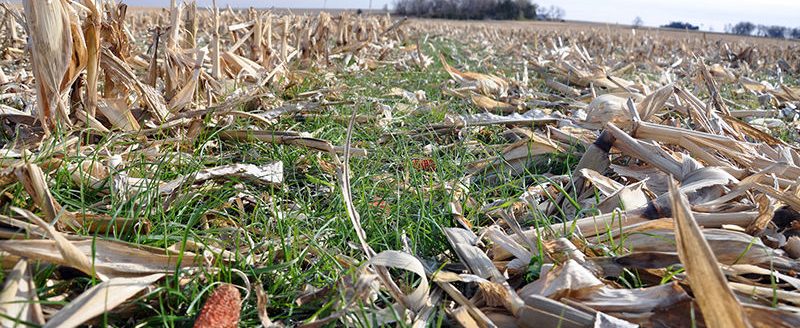The Conservation Technology Information Center, a clearinghouse of information on conservation farming practices, has launched its brand-new website at www.ctic.org. The easy-to-search, simple-to-navigate site contains thousands of documents and links to information on conservation farming systems. Among the highlights are:
-
A searchable database from the Operational Tillage Information System, which uses satellite imagery to provide detailed data on tillage practices and cover crops at the county or watershed (HUC-8) scale;
-
Cover crop insight, including details of the economic and environmental benefits of cover crops and the results of five annual farmer surveys on cover crop use;
-
Tips on organizing watershed groups and multi-stakeholder conservation efforts, including tips, analysis of knowledge transfer, and ideas for creating effective demonstration plots;
-
Real-world perspective on conservation farming practices and systems that help farmers build profitability and protect the quality of their soil, water and the air we breathe.
CTIC’s interim executive director, Dave Gustafson, points out that creating a new www.ctic.org site is central to the Center’s mission.
"For more than 30 years, CTIC has gathered and shared the latest information on practices that can help farmers build their soils, reduce their costs, and farm in ways that are more economically sustainable and environmentally beneficial," Gustafson says. "Information is at the heart of our Inform, Connect, Champion credo. We’ve brought together the leading experts from farms, universities, government agencies, agribusiness and the non-profit world and created a one-stop shop for the insight that they have all brought to the table."
Gustafson adds that the internet offers a perfect tool for CTIC’s information-sharing efforts.
"Back in the early ’90s, before the world wide web and browsers, we were trying to craft systems that would use dial-in messaging capabilities of the time to allow people to find the information they were looking for on no-till and crop residue management," he notes. "At the time, it was cutting edge, though now it seems so primitive. Today, we can use the web to deliver documents, videos, data—anything people could want to know about conservation systems. It’s the perfect time for us to create a new site and put people in touch with our treasure trove of information."




